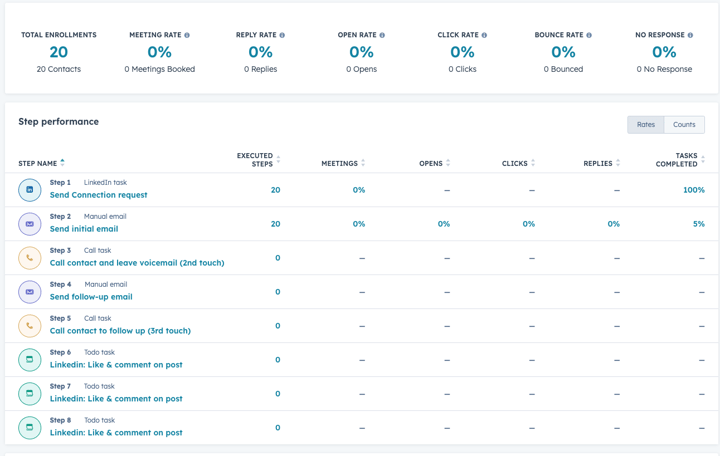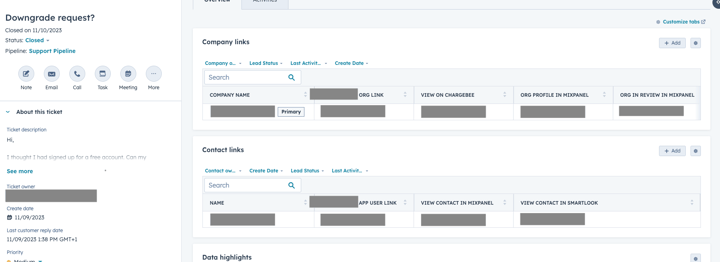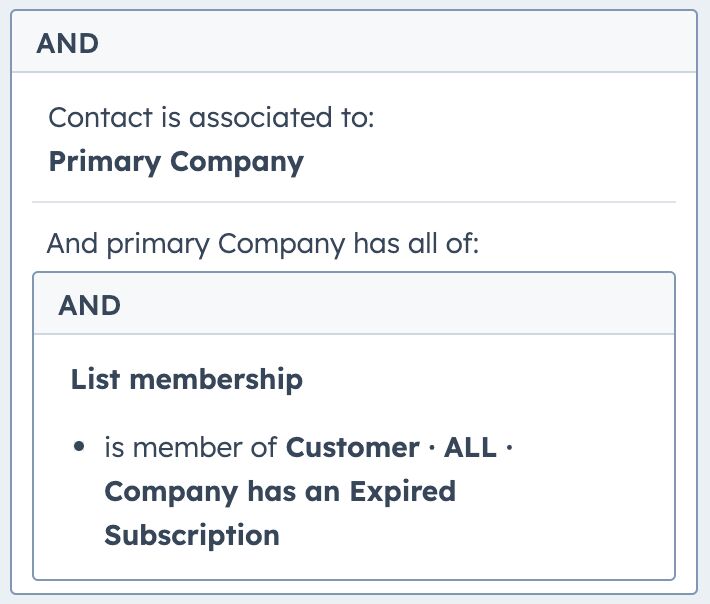Improve Your ABM Strategy with HubSpot Account Scoring
Discover how you can enhance your Account-Based Marketing (ABM) strategy using HubSpot's powerful account scoring feature.
Understanding the importance of ABM strategy
Account-Based Marketing (ABM) strategy is a targeted approach that focuses on specific high-value accounts rather than a wide audience. It allows businesses to personalize their marketing efforts and create tailored experiences for their target accounts. By understanding the importance of ABM strategy, businesses can effectively engage with their key accounts and drive higher conversions.
With ABM, businesses can prioritize their resources and efforts on high-potential accounts that are more likely to generate revenue. This targeted approach helps to streamline marketing and sales efforts, resulting in better alignment and increased ROI.
Implementing an effective ABM strategy requires answering three key questions: How do you prioritize accounts? How do you assign and allocate resources toward prioritized accounts? What sales and marketing approach do you choose based on the account’s prioritization? HubSpot's account scoring feature offers a solution to these questions, enabling businesses to execute their ABM strategy effectively.
How HubSpot's account scoring works
HubSpot's account scoring feature allows businesses to score and categorize their accounts based on various attributes and intent & engagement data. This scoring system helps businesses identify and prioritize their high-value accounts. By assigning grades to each account, businesses can easily determine which accounts require immediate attention and allocate resources accordingly.

The account scoring feature in HubSpot takes into account factors such as firmographics, website interactions, email engagement, and more, to provide a comprehensive view of each account's potential. This data-driven approach ensures that businesses focus their efforts on the most promising accounts and maximize their chances of success.
The account scoring feature also enables businesses to track the progress of their accounts over time. By monitoring changes in account scores, businesses can adapt their strategies and allocate resources effectively to drive better results.
Benefits of using HubSpot's account scoring for ABM
Using HubSpot's account scoring feature offers several benefits for businesses implementing an ABM strategy:
1. Improved prioritization: With account scoring, businesses can easily prioritize their accounts based on their potential value and allocate resources accordingly. This helps to ensure that the most important accounts receive the attention they deserve.
2. Enhanced personalization: By understanding the attributes and engagement data of each account, businesses can create personalized marketing and sales approaches. This level of personalization helps to build stronger relationships with target accounts and increases the chances of conversion.
3. Data-driven decision-making: HubSpot's account scoring feature provides businesses with valuable insights into the performance and potential of their accounts. This data-driven approach enables businesses to make informed decisions and optimize their ABM strategy for better results.
4. Improved alignment between marketing and sales: Account scoring facilitates better collaboration and alignment between marketing and sales teams. By clearly defining the prioritization and approach for each account, both teams can work together towards a common goal, resulting in improved efficiency and effectiveness.
Overall, HubSpot's account scoring feature empowers businesses to execute their ABM strategy with precision and maximize their chances of success.
Implementing account scoring in your ABM strategy
To implement account scoring effectively in your ABM strategy using HubSpot, follow these steps:
1. Define your scoring criteria: Identify the attributes and intent & engagement data that are most relevant to your business. Determine how each factor should be weighted and contribute to the overall account score.
2. Set up your scoring system in HubSpot: Configure the account scoring feature in HubSpot based on your defined criteria. Ensure that the scoring system accurately reflects the value and potential of your target accounts.
3. Categorize and prioritize accounts: Assign grades to each account based on their scores. Categorize accounts into different grades (e.g., Grade A, Grade B, Grade C) to indicate their priority. This will help you allocate resources effectively.
4. Define sales and marketing approach: Based on the grade assigned to each account, determine the appropriate sales and marketing approach. Tailor your messaging, content, and strategies to align with the needs and preferences of each account segment.
5. Monitor and iterate: Continuously monitor the performance and progress of your accounts. Adjust your scoring criteria and approach as needed to optimize your ABM strategy over time.
By following these steps, businesses can successfully implement account scoring in their ABM strategy using HubSpot and achieve better results.
Best practices for optimizing your ABM strategy with account scoring
To optimize your ABM strategy with account scoring in HubSpot, consider the following best practices:
1. Regularly review and update your scoring criteria: As your business evolves and customer preferences change, it's important to review and update your scoring criteria. This ensures that your account scoring remains relevant and accurate.
2. Align sales and marketing teams: Foster collaboration and alignment between your sales and marketing teams. Regularly communicate and share insights to ensure that both teams are on the same page and working towards common goals.
3. Continuously analyze and refine your approach: Monitor the performance of your accounts and analyze the effectiveness of your sales and marketing strategies. Use the insights gained to refine and optimize your approach over time.
4. Leverage automation and personalization: Take advantage of HubSpot's automation capabilities to streamline your ABM processes and deliver personalized experiences to your target accounts. Automation can help you scale your efforts while maintaining a high level of personalization.
5. Regularly communicate with your target accounts: Maintain open lines of communication with your target accounts. Regularly engage with them through personalized emails, targeted content, and relevant offers. This helps to build relationships and keep your brand top-of-mind.
By following these best practices, businesses can maximize the effectiveness of their ABM strategy with account scoring in HubSpot and drive better results.





